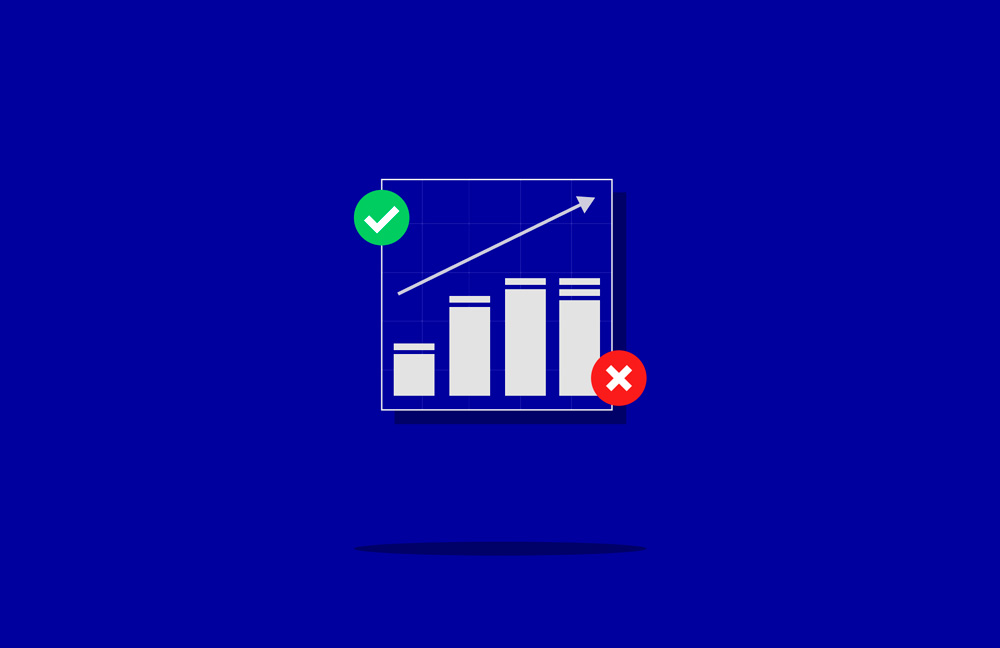How to track your expenses and save money?

Step 1: Calculate your total monthly income
Start by writing down the specific amount of money you receive each month. Your income may come from various sources, such as a full-time job, freelance work, investments, or your own business. Also, be sure to include any one-time income, like gifts or inheritances. It's crucial to list everything honestly to ensure accuracy.

Step 2: Calculate your spending
Now that you know your precise monthly income, it's important to remember that this represents your financial limit for the month. The goal is not only to stay within this limit but also to save as much as possible.
Next, calculate your expenses, both fixed and variable, such as:
- Rent, mortgage, and utilities
- Entertainment
- Clothing
- Insurance
- Subscriptions
- Food
- Other expenses
If you usually pay with a payment card or use online banking, you can easily track your spending on less predictable items, like food, by checking your account statements. If you pay with cash and save receipts, use them to calculate your spending.
If neither option is available, estimate your expenses. Over time, your budget will help you understand your spending more accurately.
Once you’ve calculated your total monthly expenses, subtract them from your income. Ideally, your spending shouldn't exceed your income. If it does, don’t worry – we'll share some helpful tips later in this blog post.
Step 3: Categorise your expenses
Now that you know how much you spend and how much of your income it takes, it's time to consider cutting expenses where possible. Start by identifying which expenses are necessary and which aren't. Categorising will help with this.
Keep it simple with a few categories:
- Essentials: groceries, housing, utilities, healthcare.
- Non-essentials: eating out, travel, hobbies, non-essential shopping.
- Debt: mortgage, loans.
- Savings: for emergencies, bigger purchases, retirement.
Categorising your expenses will help you understand where your money is going and how much you’re spending in each area.
The goal is to cut non-essential expenses as much as possible so you can put aside more for the savings category. The essentials category usually shouldn't be adjusted, unless you can find ways to spend less on groceries by discount hunting, secure better housing prices, etc. This will depend on your specific situation.
Step 4: Automate your expense tracking
Saving money and tracking your expenses doesn’t have to take up much of your time. There are plenty of ways to make the process quick and simple by automating it.
You can use apps specifically designed for tracking expenses, or you can create a simple spreadsheet in Microsoft Excel. Choose the method that works best for you!

Step 5: Regularly track and analyse your expenses and budget
You have all the information you need and with the expense categories and the right tools – you are ready to track and analyse your expenses.
How often you review your finances is up to you, but we recommend doing it once a week or every couple of weeks. Check if your spending matches your predictions and observe your money flows.
Step 6: Adjust your budget if needed
Based on your analysis, make changes to your spending habits by cutting back on unnecessary expenses, setting limits, and prioritising your spending. Now that you see it visually, it’ll be much easier to track your spending and save more by preventing spontaneous and emotional purchases. Also, consistency is key – keep tracking your expenses and making needed adjustments regularly.

What to do if your expenses exceed your income?
First, identify why your expenses are higher than your income. What is the source of most of your spending? You already have your spending categorised and it will make it easier to visualise and understand this better. You may find that you’re spending too much on non-essentials, which you can change by adjusting your spending habits.
If you can't reduce your spending any further, consider finding additional income sources. This depends on your circumstances, but some options include asking for a raise, finding a second job, or starting freelance projects.
With consistency and the right approach, you can spend less and save more!





